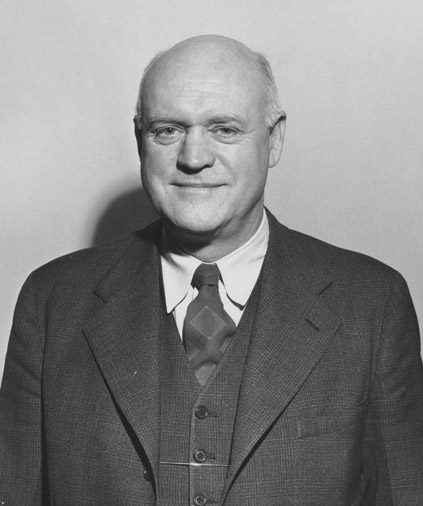Arvo A. Solander Papers
Graduating from Harvard in the thick of the Great Depression, Arvo A. Solander worked as a civil and sanitary engineer for a variety of state and federal agencies, including the Civil Works Administration and the Civilian Conservation Corps. During the 1930s, as opportunity arose, he filled positions as a road engineer, in the design and construction of water and sewage plants, in pollution control, as a safety engineer in the shellfish industry, and in mosquito control, taking jobs throughout Massachusetts and as far away as Tennessee. After using his talents as an officer in the Sanitary Corps during the Second World War, based primarily in Arkansas, Solander returned home to Massachusetts and opened a private engineering office in South Hadley. He worked as a civil engineer and surveyor until his death in January 1976.
The Arvo Solander Papers consists of twenty-four bound volumes documenting thirty years of varied work as an engineer, including his contributions to the construction of the Quabbin Reservoir. Within the bound volumes are a wide range of reports, typescripts, sketches and diagrams, graphs, contracts and design specifications, photographs, and postcards.




